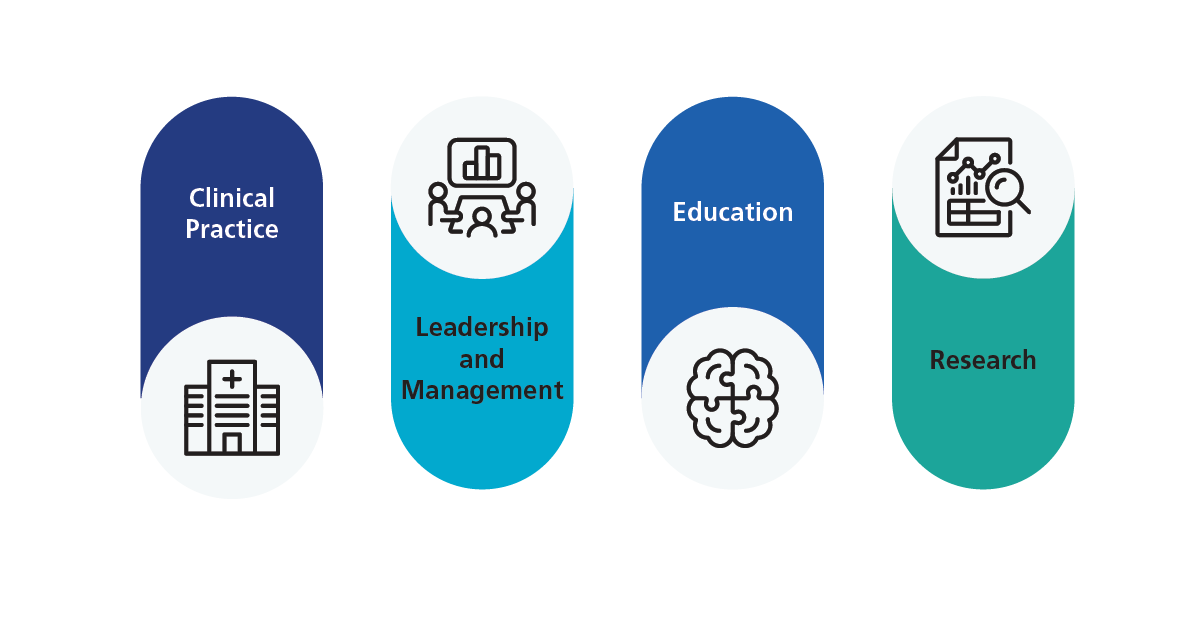Purpose of the ePortfolio (supported) Route
The ePortfolio (supported) Route is designed to formally recognise experienced advanced practitioners through the Centre for Advancing Practice. This route is specifically for:
Registered practitioners who are regularly working in advanced practice roles Practitioners who completed their education before 2017, or through a non-accredited programme.
For practitioners who have completed an MSc in Advanced Clinical Practice since 2017, recognition is typically available through their university’s accreditation with the Centre for Advancing Practice.
Check if your programme is accredited.
Why This Route Matters
Although completing the ePortfolio (Supported) Route is voluntary, it plays a vital role in:
- Ensuring national consistency in recognising advanced practice
- Providing quality assurance that practitioners meet the high standards set out in the Multi-professional framework for advanced practice in England
- Offering a fair and structured pathway for those who have not had access to accredited programmes or prefer not to pursue other recognition routes
Through this route, your education, training, and experience are assessed by an allocated education provider. Succesful completion leads to recognition equivalent to those who have completed accredited programmes.
What You’ll Demonstrate
To gain recognition, you’ll need to show—through your ePortfolio submission—that you meet the capabilities across all four pillars of advanced practice:

- Clinical Practice
- Leadership and Management
- Education
- Research
An experienced advanced practitioner or an approved external body must verify your evidence.
Professional Standards
As a registered professional undertaking this route, you must:
- Be working in line with the code of conduct and requirements of your statutory regulator
- Ensure your registration is current and in good standing
- Continue to meet all professional and regulatory obligations throughout the process
These checks are part of the initial application and are essential to maintaining the integrity and credibility of the recognition process.
This pathway provides experienced advanced practitioners with an opportunity to gain formal recognition from the Centre for Advancing Practice.